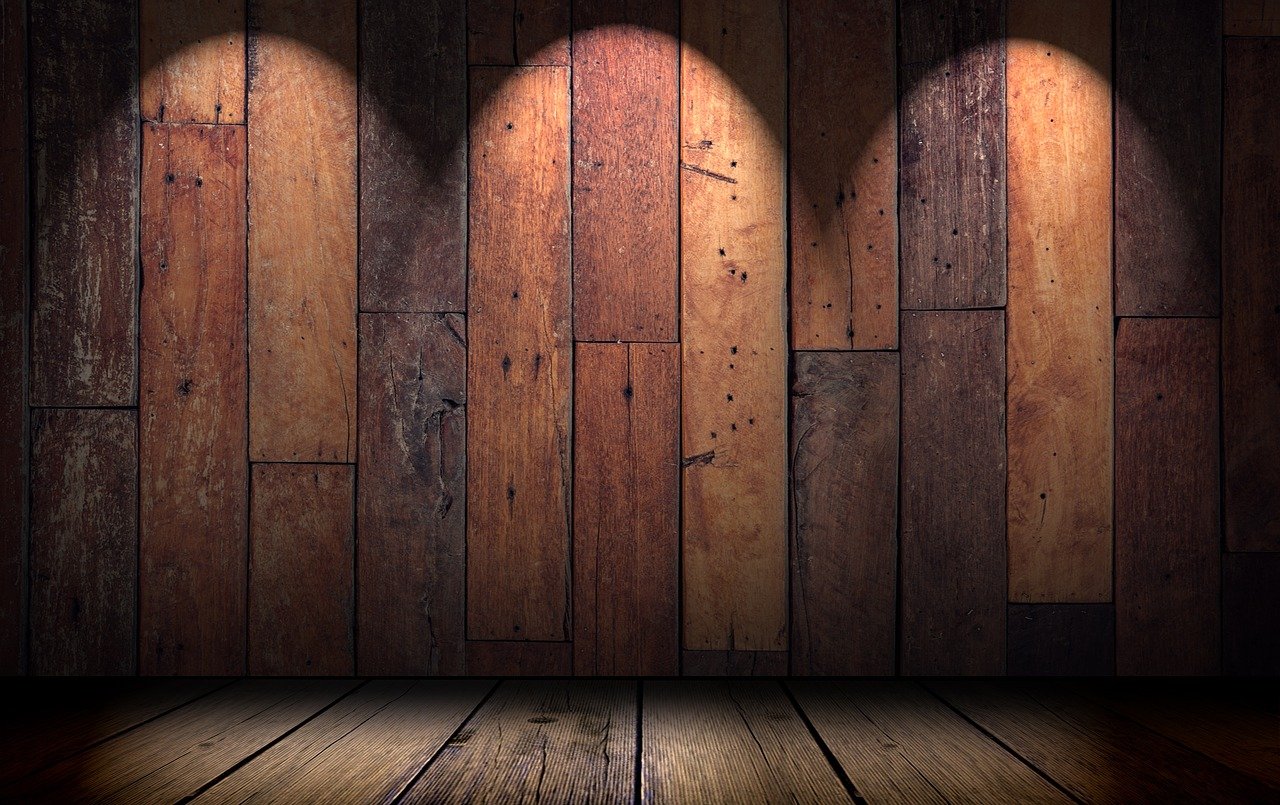Poetry, that art of weaving words into tapestries of emotion and meaning, isn’t confined to the written or spoken word. In the vibrant world of sign languages, a different kind of poetry flourishes – sign language poetry. It’s a captivating art form where hands, facial expressions, and body movement come together to create a powerful visual language.
Sign language poetry (SLP) is a relatively young art form, with its roots tracing back to the mid-20th century. Unlike written poetry, which relies on specific word order and layout, SLP thrives on visual imagery and the unique grammar of sign languages. Poets use facial expressions to convey emotions, body movement for emphasis, and hand gestures to paint vivid pictures. Imagine a poem about a butterfly, for instance. The signer’s hands might flutter delicately, their face alight with wonder, creating a captivating image that transcends spoken language.
SLP isn’t just about translating written poems into signs. It’s a distinct art form with its own set of rules and techniques. Sign poets leverage the spatial aspect of signing, using the imaginary signing space to create metaphors and depict movement. Repetition of signs, facial expressions that mirror the content, and the use of classifiers (signs representing objects) all contribute to the richness of sign language poetry.
The popularity of SLP has grown alongside the increasing recognition of Deaf culture. Performances by Deaf poets have captivated audiences worldwide, breaking down barriers and showcasing the beauty and expressiveness of sign languages. SLP festivals and workshops are becoming increasingly common, providing a platform for Deaf artists and fostering a sense of community.
However, SLP faces some challenges. Unlike written or spoken poetry, it’s not easily accessible to a wider audience. Many people who aren’t familiar with sign language miss out on the nuances and the full impact of the performance. To bridge this gap, some performances incorporate visual aids or interpreters who translate the poem into spoken language.
Technology is also playing a role in making SLP more accessible. The rise of video-sharing platforms like YouTube has allowed Deaf poets to share their work with a global audience. Additionally, the development of sign language glossaries and online dictionaries is helping people understand the meaning behind the signs.
The future of sign language poetry is bright. As awareness of Deaf culture grows and technology evolves, SLP has the potential to reach new heights. It can be a powerful tool for promoting inclusivity, fostering appreciation for sign languages, and enriching the world of poetry as a whole.
Here are some additional points to consider including in your blog post:
- Famous Sign Language Poets: Briefly mention some renowned SLP artists like DeafyDD or Matthew Hammons to pique the reader’s interest.
- The Emotional Power of SLP: Discuss how the visual nature of sign language can evoke strong emotions in viewers, even if they don’t understand the specific signs.
- Learning More: Provide resources for readers who want to learn more about SLP, such as organizations like the National Association of the Deaf (NAD) or websites showcasing sign language poetry performances.
Sign language poetry is a testament to the expressive power of human communication. By taking a moment to appreciate this unique art form, we can open doors to new perspectives and celebrate the rich tapestry of human language.




Hey, I am currently learning American Sign Language and found this blog post to be immensely helpful in giving more insight into the Deaf culture! While I don’t know all of the different signs, the videos really capture the emotions that these poems were trying to create!